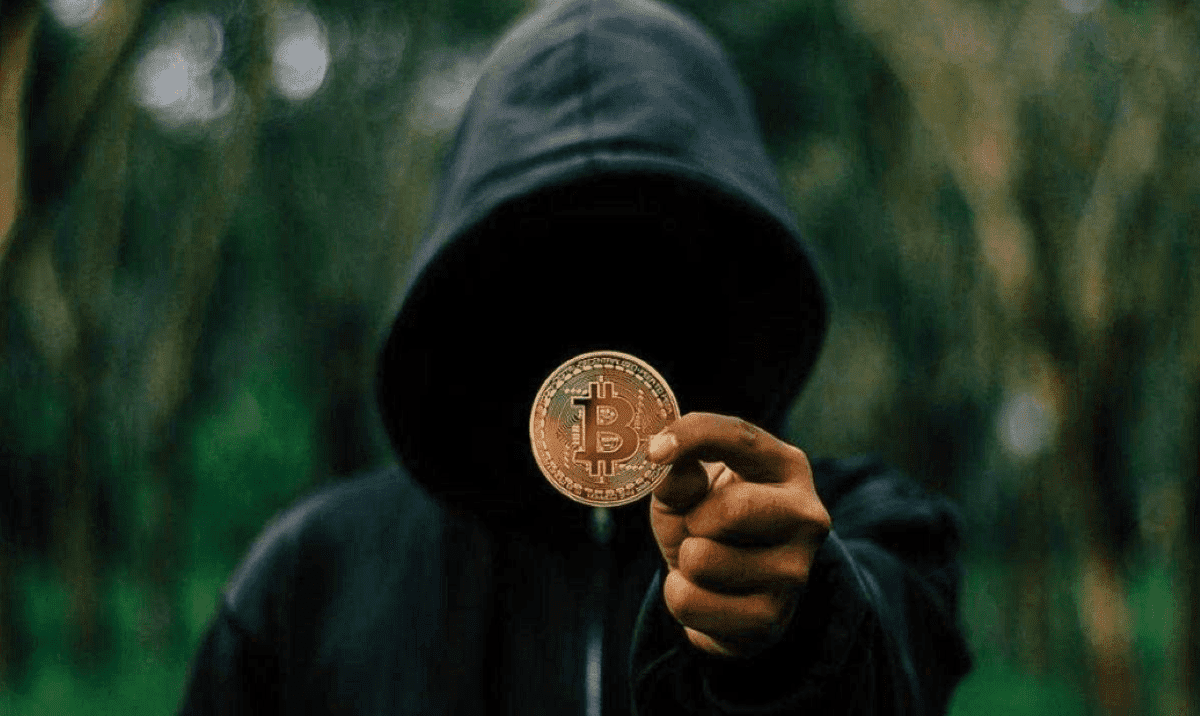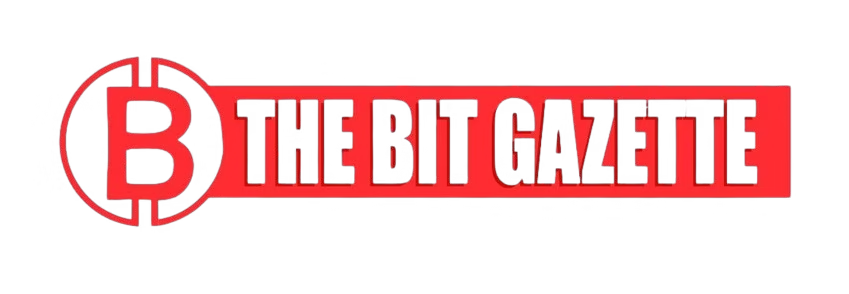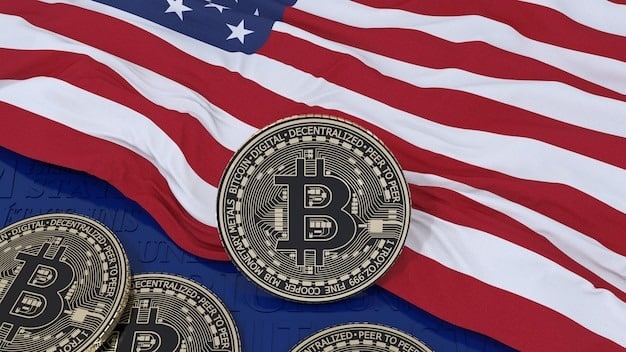After months of silence, Senator Cynthia Lummis (R-WY) has confirmed that the US Strategic Bitcoin Reserve (SBR) is set to receive funding, marking a historic step in the integration of Bitcoin into federal financial strategy.
In an October 7 post on X (formerly Twitter), Lummis said:
“Legislating is a slog, and we continue to work toward passage, but thanks to President Trump, the acquisition of funds for an SBR can start anytime.”
The senator’s comments followed a video shared by Jeff Park, Chief Investment Officer at ProCap BTC, in which he proposed using unrealized gains from U.S. gold reserves to fund long-term Bitcoin positions as a hedge against the national debt.
According to Park, the U.S. government currently holds about $1 trillion in unrealized gains from its gold holdings while managing a national debt exceeding $37.8 trillion. He suggested redirecting part of those paper gains toward Bitcoin as a generational store of value.
If you own Bitcoin, and you assume that it’s going to go up by 12% a year, you’ll make a 30x in 30 years, — Jeff Park, CIO, ProCap BTC, in a ProCap BTC analysis.
In response, Lummis praised Park’s rationale, saying it captured the spirit behind the US Strategic Bitcoin Reserve and her proposed BITCOIN Act, calling it “a fabulous articulation of why the SBR and passing the Bitcoin Act makes so much sense.”
No taxpayer funding for the US Strategic Bitcoin Reserve
The Bitcoin Act, signed earlier this year by President Donald Trump, establishes the framework for the US Strategic Bitcoin Reserve as part of a broader effort to secure digital monetary independence.
The bill proposes that the reserve be funded initially through Bitcoin seized by federal agencies in civil and criminal forfeiture cases, avoiding any reliance on taxpayer funds. Over time, the reserve will expand through budget-neutral methods, including asset reallocations and digital asset conversions.
According to CoinDesk’s legislative tracker, the Act also includes provisions for a Digital Asset Stockpile that will hold other cryptocurrencies seized by government entities. A percentage of these holdings may be converted into Bitcoin to strengthen the core reserve over time.
The goal is to ensure that the United States maintains strategic exposure to Bitcoin without placing additional burdens on taxpayers, Sen. Cynthia Lummis, speaking to Bloomberg Crypto.
Despite the approval of the bill, there have been no official updates from the Treasury Department or the Federal Reserve regarding when or how future Bitcoin acquisitions will begin. Analysts believe this ambiguity is due to internal debates over acquisition mechanisms and volatility management.
A geopolitical signal: America enters the Bitcoin race
The launch of the US Strategic Bitcoin Reserve would make the United States the first major economy to adopt Bitcoin as part of its official asset reserves which is a move some experts view as both financial and geopolitical.
Proponents argue that this decision could significantly alter global sentiment toward digital assets, positioning the U.S. as a leader in sovereign Bitcoin accumulation and influencing allies to consider similar strategies.
Once the U.S. officially holds Bitcoin on its balance sheet, it changes everything, said David Bailey, CEO of BTC Inc, in an interview with Bitcoin Magazine. It signals to the world that Bitcoin is no longer fringe as it’s monetary infrastructure.
Already, several nations including El Salvador, Bhutan, and Venezuela are experimenting with sovereign crypto reserves, albeit on a smaller scale. The U.S. entering the scene could legitimize these efforts while increasing global competition for Bitcoin supply.
As Reuters reports, institutional interest in Bitcoin has risen sharply since the news broke, with traders speculating that an official U.S. accumulation plan could spark a long-term bull cycle.
Market optimism surges as Bitcoin hits new highs
Following Lummis’s announcement, Bitcoin rallied to a new all-time high of $126,080, driven by growing optimism around potential government participation in the market.
Market analysts believe that the US Strategic Bitcoin Reserve could serve as a structural demand anchor similar to gold’s role in the 20th century reinforcing Bitcoin’s position as a global reserve asset.
This could be the modern equivalent of Bretton Woods for Bitcoin, said Maya Taylor, crypto economist at Galaxy Research, in an interview with Decrypt. If managed transparently, an SBR could redefine sovereign wealth management for the digital age.
The growing excitement reflects a broader belief that national Bitcoin adoption may soon become a matter of fiscal strategy rather than ideology. As policymakers weigh inflation risks, debt sustainability, and technological sovereignty, Bitcoin is emerging as a pragmatic alternative not just a speculative one.
A pivotal shift in monetary history
While legislative details remain pending, the US Strategic Bitcoin Reserve represents a paradigm shift in how governments perceive and engage with decentralized assets.
If successfully implemented, it could lay the foundation for a multi-asset reserve system where digital currencies coexist with traditional assets like gold and U.S. Treasuries. Analysts suggest this hybrid model could help nations diversify exposure and reduce dependency on inflation-prone fiat reserves.
For now, Senator Lummis’s confirmation signals that the wheels are already in motion and that the next chapter of U.S. monetary history may well be written on the blockchain.











